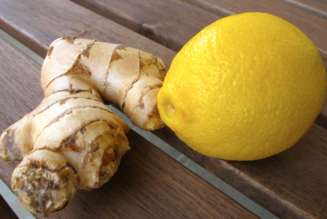Disclaimer:
All content included on this website (including, but not limited to, images, photos, graphics and text) is the property of ‘Healthy Ayurveda’ and ‘Vedic Sage’ and as such is protected by US and international copyright and other intellectual property laws.
The Root Cause Of Disease
“Ama” is a concept of Ayurveda which can be best understood as the accumulation of toxic metabolic by-products at various levels of physiology. More simply, ama is the by-product of poor digestion and according to the ancient wisdom of Ayurveda – ama is the root cause of nearly all diseases.
General Signs & Symptoms Of Ama
When ama is present within the body it often creates signs & symptoms of fatigue, lethargy, and a sense of uncleanliness. Ama is commonly caused by poor digestion therefore indigestion, low appetite, bloating and constipation are often associated with the presense of ama.
Ayurveda is a Science of “Qualities” …
For example, Ayurveda describes Agni as the radiant energy of fire which embodies hot, sharp, light, and subtle qualities. It is the source of all transformative processes in the body and is responsible for digestion, absorption and transformation of food into energy. Ama, on the other hand, has cold, dull, heavy, and gross qualities … the opposing qualities of Agni!!
So How Does Ama Form?
In order to answer this properly we must first have a closer look at “Agni” – the flame of digestion. According to Ayurveda, the digestive fire [“Agni”] gives strength, vitality, and happiness to all human beings. Agni governs digestion, absorption and assimilation of all nutrients of the body. It’s explained that if Agni is balanced then the individual will be happy, healthy and holy. On the contrary, poorly digested food [i.e. “Ama’] within the G.I. tract creates a thick and slimy substance which lines the walls of the bowels and impedes the absorption and assimilation of nutrients; i.e. malabsorption.
- by-products of proper digestion is “ojas”; i.e. health & vitality
- by-products of improper digestion is “ama”; disease
What Might Impair Agni?
Understanding the ‘Agni-Ama’ relationship, we can appreciate the fact that impaired Agni [impaired digestion] may promote the formation of ama; i.e. toxic by-products of poor digestion which can lead to disease. Therefore, the next inquiry is … what might impair Agni. The simple answer … poor nutrition.
“When diet is wrong, medicine is of no use.
When diet is correct, medicine is of no need.”
– Ayurvedic Proverb
Fundamental Principles …
- “like increases like”
- “opposites oppose”
Ayurveda, being the science of qualities, takes into consideration the cumulative principle of “like increases like”. For example, the qualities of Agni are hot, sharp, light, and subtle – therefore, food that has similar qualities of Agni [i.e. hot, sharp, light & subtle] will generally promote the function of Agni; i.e. support healthy digestion.
On the contrary, food which has the opposing qualities of agni will oppose the function of agni; i.e. impair Agni/digestion. For example, food which has cold, dull, heavy and gross qualities will impair Agni and … promote the formation of ama!!
How Does Ama Cause Disease?
Now that we’ve discovered how ama forms [i.e. via impaired Agni] the next inquiry is, how does ama cause disease? The most simple explanation is that the cold, heavy, dull, and gross qualities of ama creates a stickiness which tends to … obstruct and clog bodily channels.
The signs and symptoms of ama are …
clogging of channels, sense of heaviness, low energy, restlessness, lethargy, indigestion, kapha-type congestion [i.e. expectoration], accumulation of the three wastes/malas [i.e. feces, urine, sweat], loss of taste, and sexual debility.
– Ashtanga Hrdayam
“These blocked channels can mean many things: coronary occlusion, pulmonary embolism, stagnation, venous engorgement or lymphatic obstruction. For all these, they are using just one phrase: sroto rodha which is due to ama in the system.”
– Dr. Vasant Lad, B.A.M.S.
‘Ayurvedic Perspectives On Selected Pathologies’
Ama – The Root Cause Of Disease
Ama’s stickiness and the ability to obstruct and clog bodily channels causes the accumulation of waste products [i.e. “malas” – feces, urine, and sweat] which, according to Ayurveda, is often considered the root cause to many diseases.
“Leaky Gut” ~ An Ama Perspective
Although the phrase “leaky gut” was never well accepted in the medical community, research over the past two decades has revealed that gut health is critical to overall health, and an unhealthy gut contributes to a wide range of diseases including diabetes, obesity, rheumatoid arthritis, depression and chronic fatigue syndrome.
Mirroring this ancient wisdom is the modern theory of ‘Intestinal Permeability’ [i.e. “leaky gut syndrome”]. Intestinal permeability is the inflammatory response in the digestive tract due to a combination of insults to the gut mucosal lining. As a result, persistent G.I. inflammation eventually disrupts the integrity of the mucosal lining of the gut and tiny perforations allows for molecules much larger than usual to pass through this defensive barrier. As toxic by-products of poor digestion pass through this now weakened defense barrier [i.e. impaired mucosal lining] this initiates an immune response which then allows for the formation of specific antibodies towards these very toxic elemental by-products of poor digestion.
“Sama Dosha” … From Bad To Worse!!
The science of Ayurveda is explained by the fundamental principles of doshas [i.e. vata, pitta, kapha dosha]. Very briefly, vata is the governing principle of movement, pitta being the fiery principle of transformation and kapha being the preserving and principle of stability. Once ama is formed within the G.I. tract [due to impaired Agni] … ama may mix with aggravated doshas [vata, pitta, kapha] and enter into the general circulation and travel throughout the body.
Ama + Dosha = “Sama Dosha”
Ama + Vata Dosha = “Sama Vata”
When ama mixes with vata dosha this can cause signs and symptoms of erratic digestion [i.e. vishama agni], bloating & constipation, generalized body aches and dry skin.
Ama + Pitta Dosha = “Sama Pitta”
When ama mixes with pitta dosha this can cause signs and symptoms of acid indigestion/heart burn, nausea, vomiting, diarrhea, feverishness along with hives, rashes, urticaria, eczema, etc.
Ama + Kapha Dosha = “Sama Kapha”
When ama mixes with kapha dosha this can cause signs and symptoms of poor digestion [i.e. manda agni], fatigue, cough, pulmonary congestion, lymphatic swelling, etc.
*IMPORTANT!!
The above signs and symptoms are for education purpose only. Such disease conditions should be assessed by an Ayurvedic Doctor before attempting any interventions. Always first seek the advice of your primary care physician before considering other healing modalities.
Management Of Ama
According to Ayurveda, the management of “ama” first begins with identifying the cause. Often the treatment of “ama” is simply adjusting to a proper diet and lifestyle suitable to one’s needs. For example, “ama pachana” – which is the ‘burning off’ of ama and can often be done by the use of certain spices and herbs – with supervision of a qualified Ayurvedic Professional.
Spice Selections To Improve Digestion
Ready-to-use spice mixtures satisfy the six ayurvedic tastes considered essential for balance.
“Prevention Is Better Than Cure.”
Although simple, these principles if followed routinely are often enough to help improve digestion and overall health. It’s often the simple things that are most effective and oddly enough – most overlooked. That said, let’s quickly take a look at the basics.
Avoid the following common causes of “ama”
– overeating and consuming cold substances
– irregular eating habits
– overconsumption of raw food
– eating heavy and fried food
– incompatible food combining
– eating with extreme emotions [i.e. anxiety, stress]
– sleeping before food is properly digested
Trikatu – The Digestive Herbal Formula
Another great consideration is Trikatu – a formula combination of equal parts ginger, black pepper and pippali. The name trikatu means three peppers or the three pungents. It is a wonderful herb with strong digestive properties.
The Ultimate Detox – Panchakarma
The word “Panchakarma” comes from the classical Ayurvedic texts and literally means ‘five actions’. These five actions of panchakarma are a broad class of therapy used to help remove impurities [“ama”] from the body
Disclaimer:
All content included on this website (including, but not limited to, images, photos, graphics and text) is the property of ‘Healthy Ayurveda’ and ‘Vedic Sage’ and as such is protected by US and international copyright and other intellectual property laws.
This information is strictly for educational purpose only and not considered medical advice. Always first discuss with your primary care physician before considering any new health regimen.
Resources:
Ayurvedic Perspective On Selected Pathologies, Vasant Lad, BAMS – 2nd Edition Revised
Textbook Of Ayurveda Vol. 2 & 3, Vasant Lad, BAMS
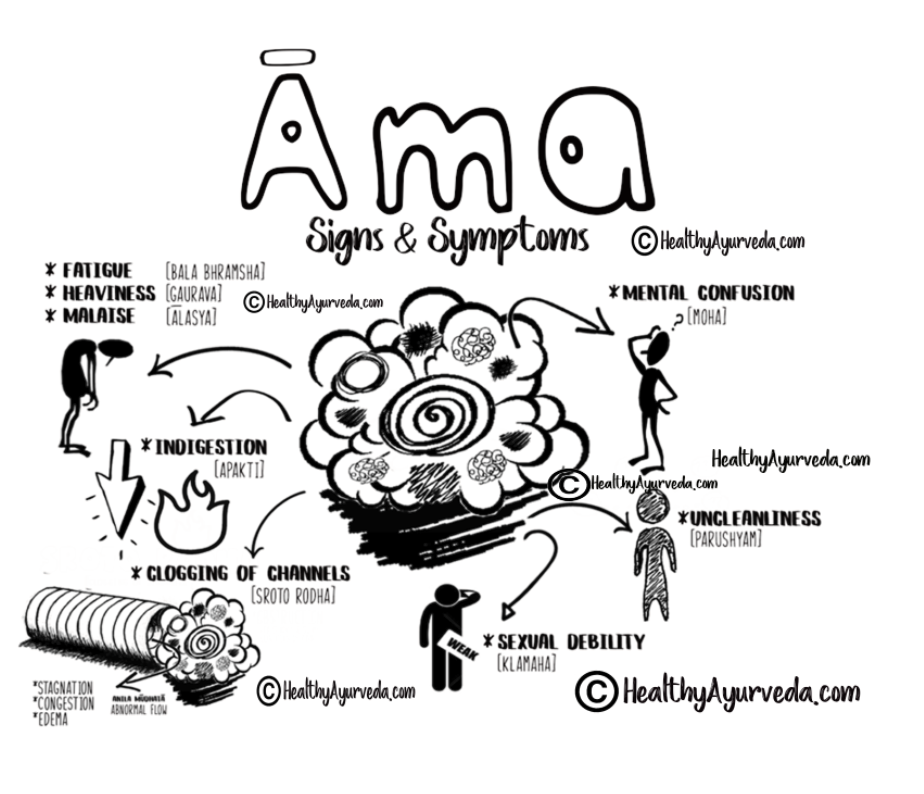
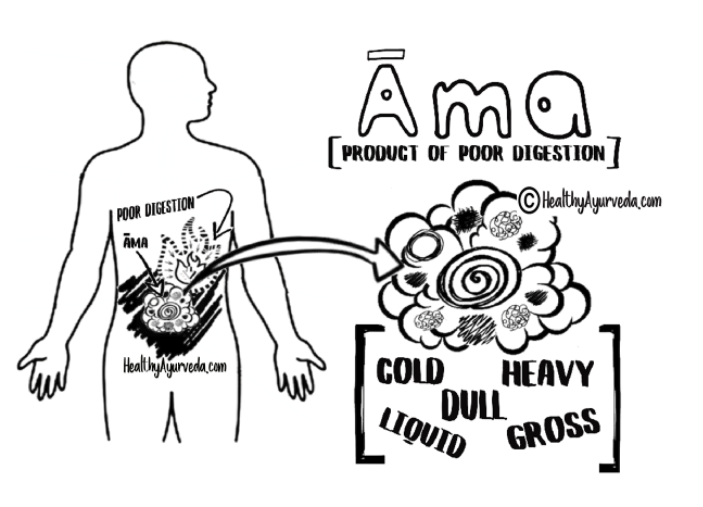


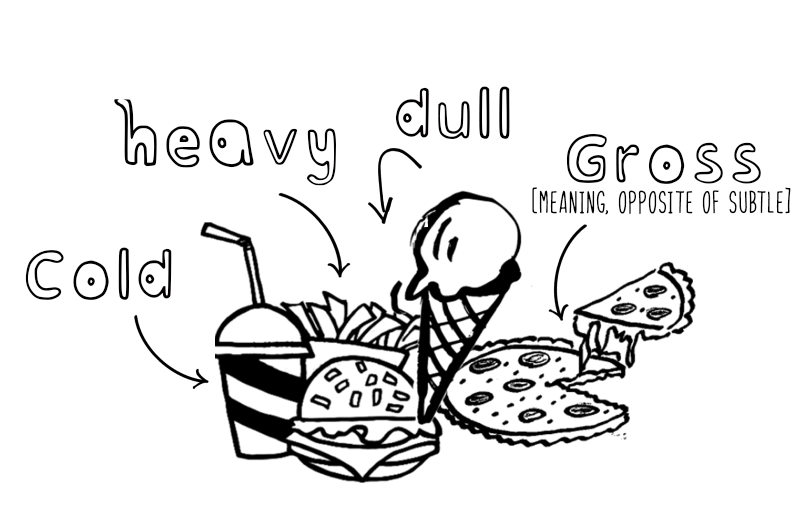
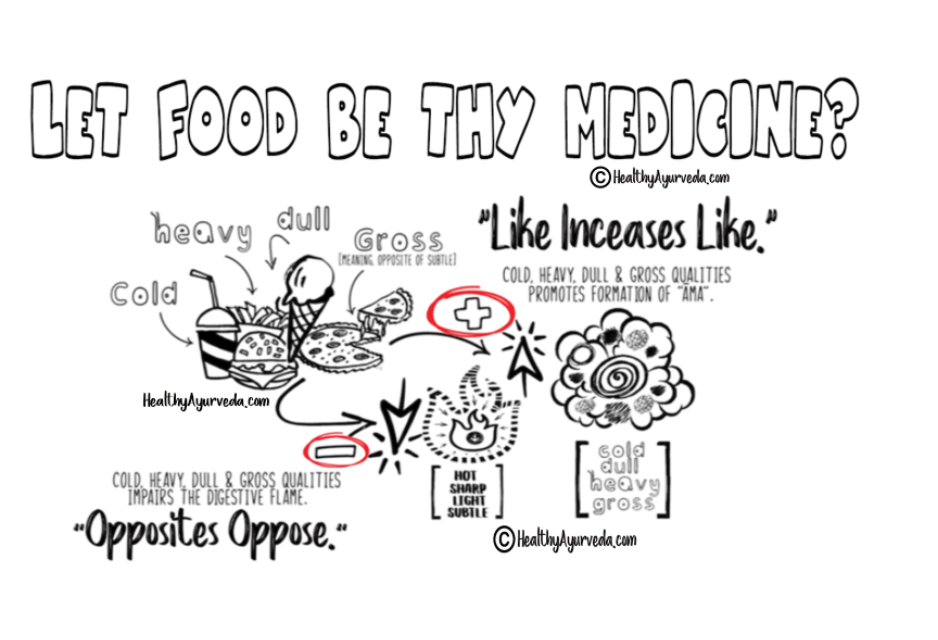


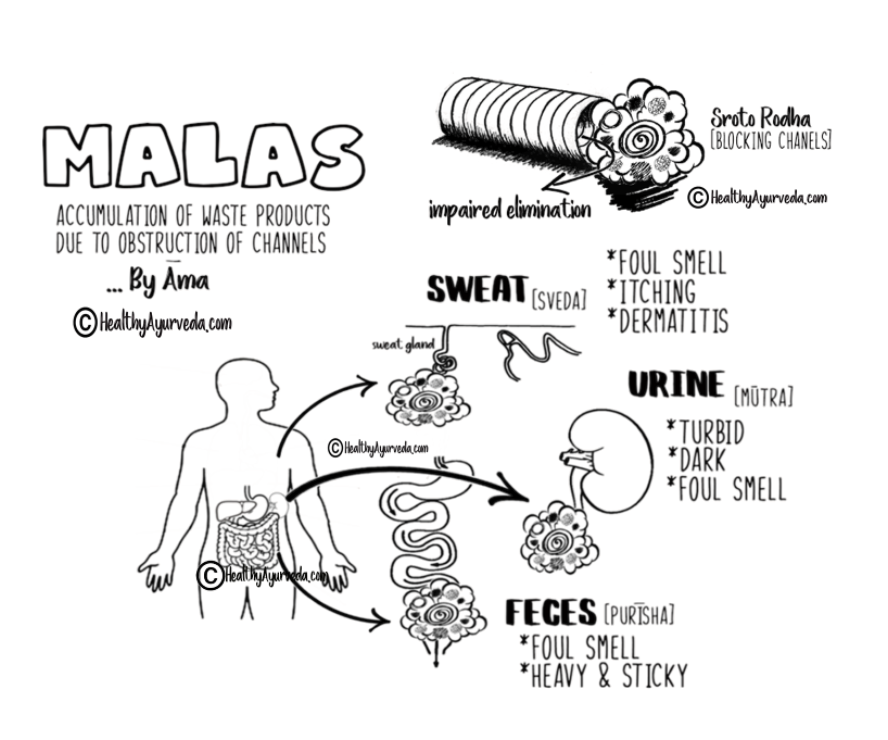
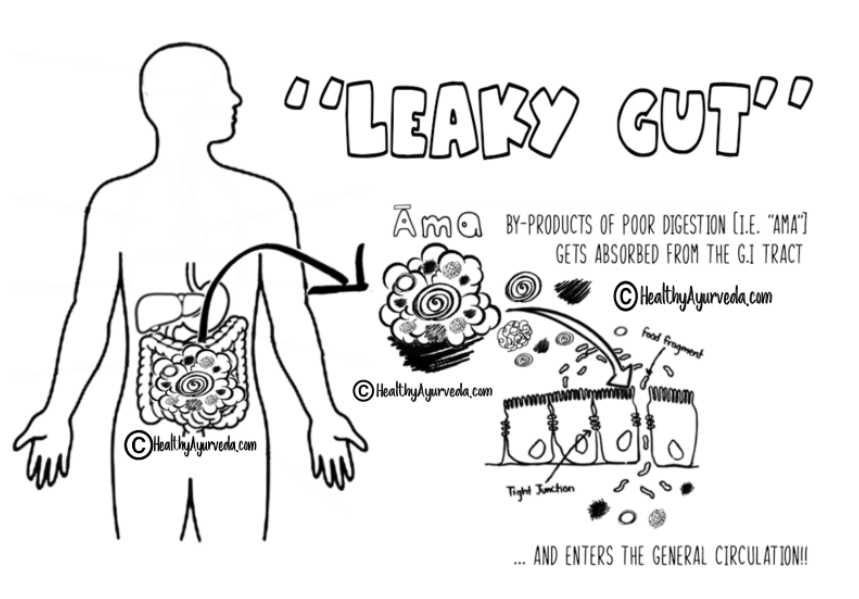




![Female Health: Amenorrhea [cessation of menses] – An Ayurvedic Perspective](https://healthyayurveda.com/wp-content/uploads/2015/07/1.-Amenorhea--327x219.png)



